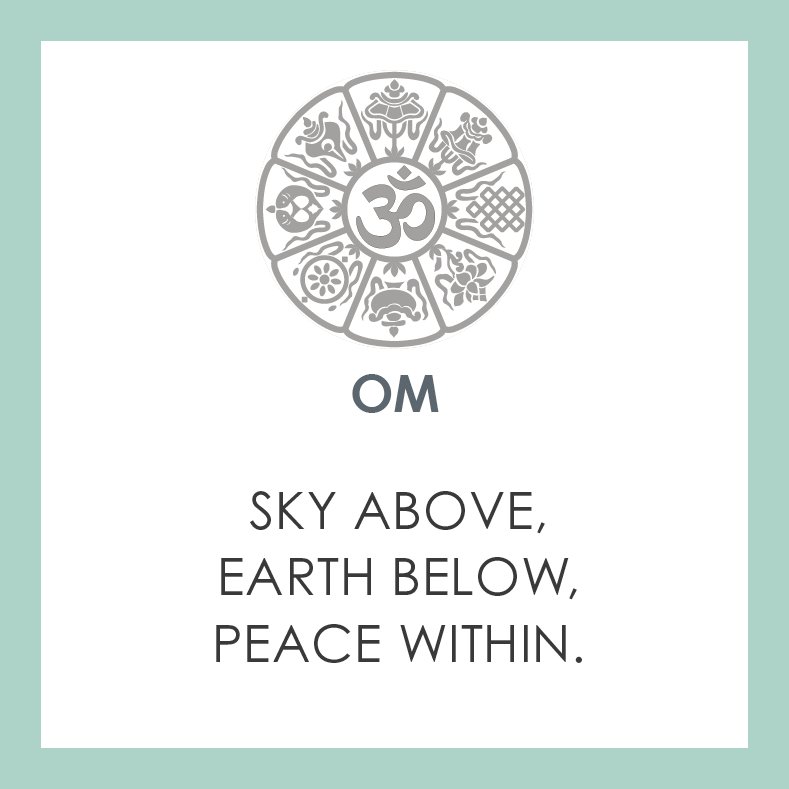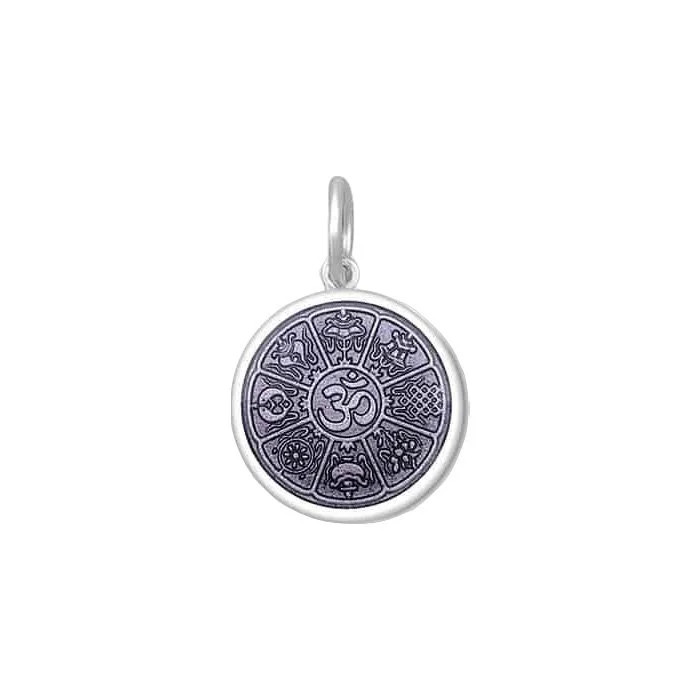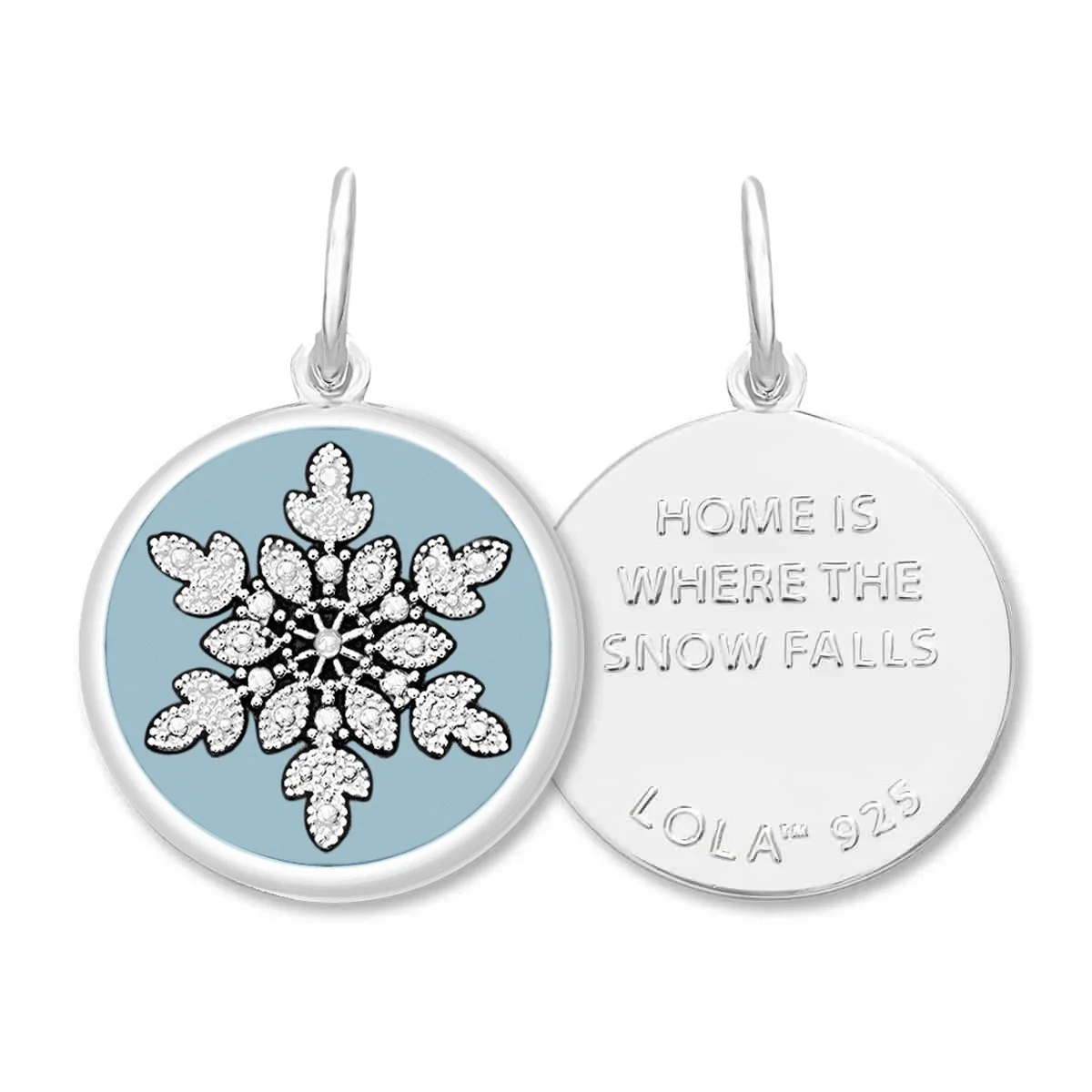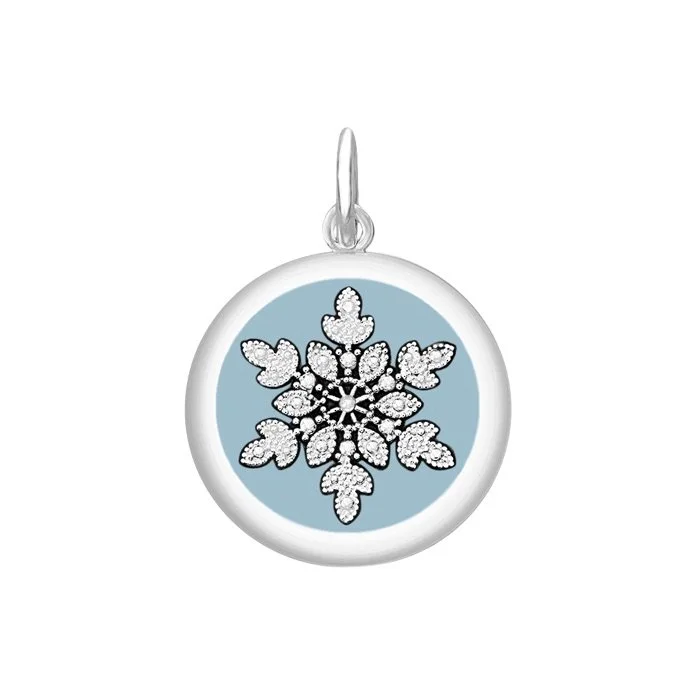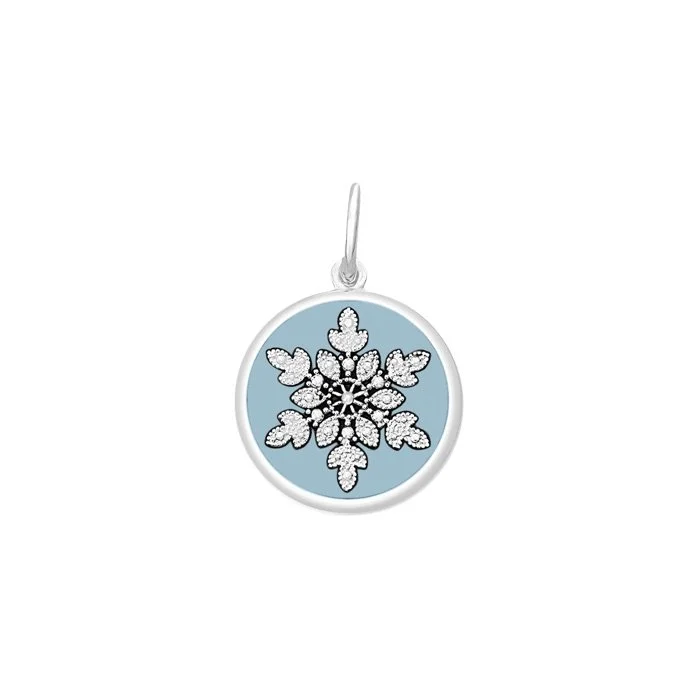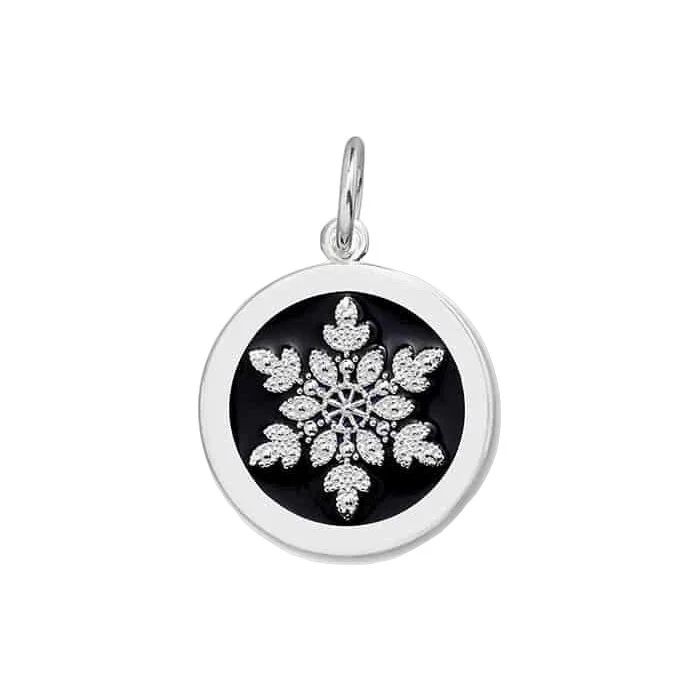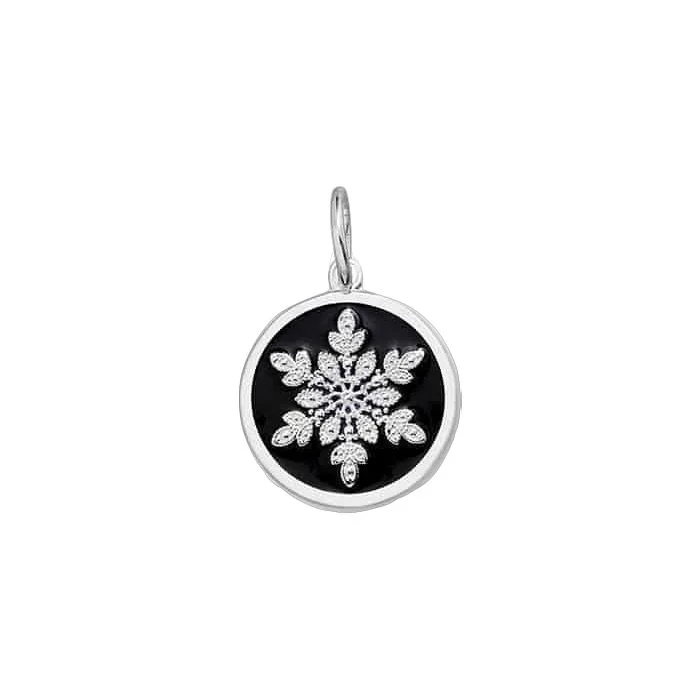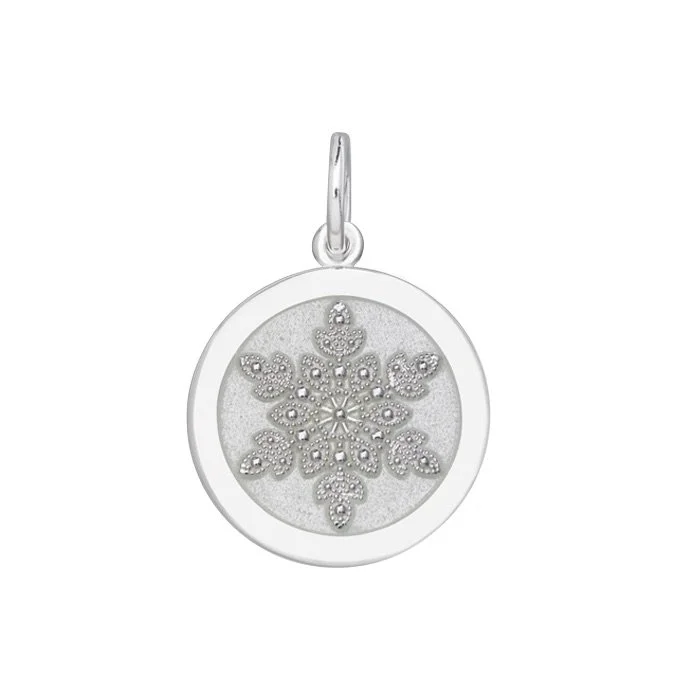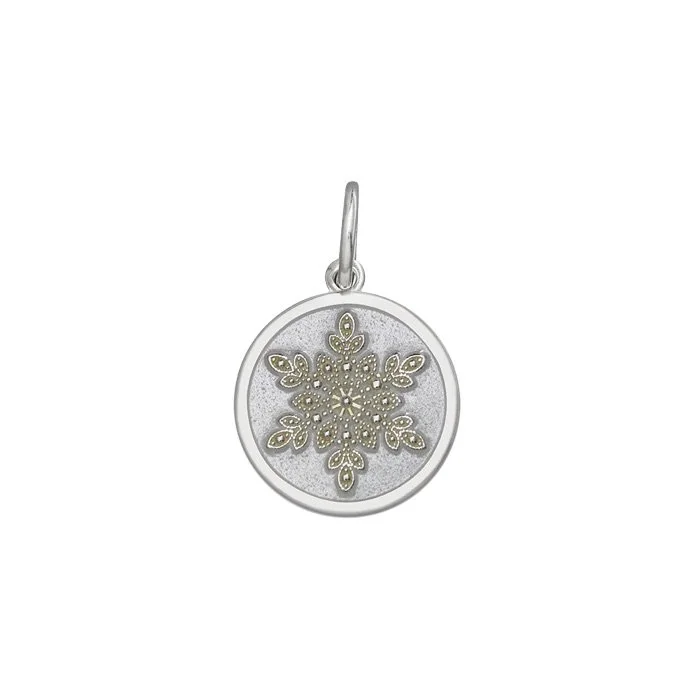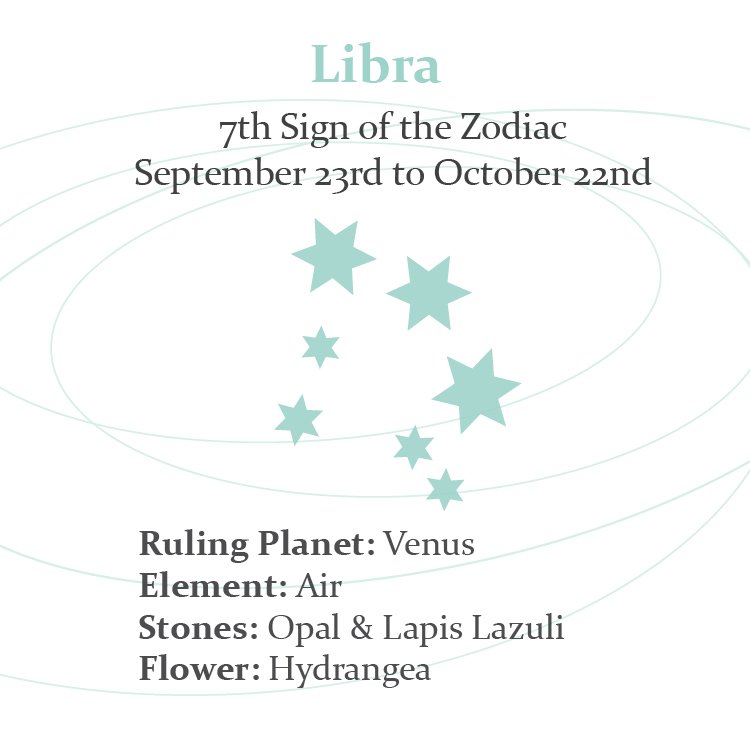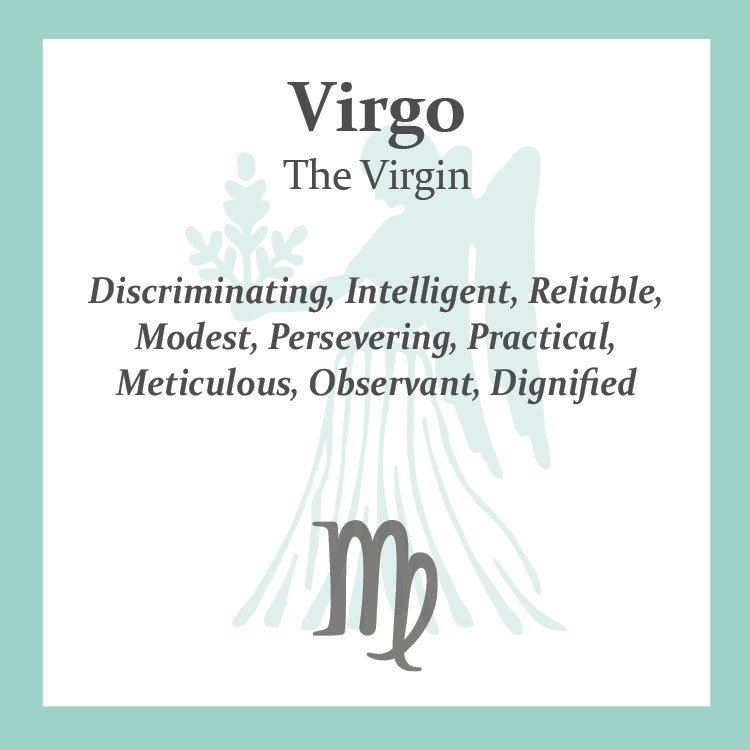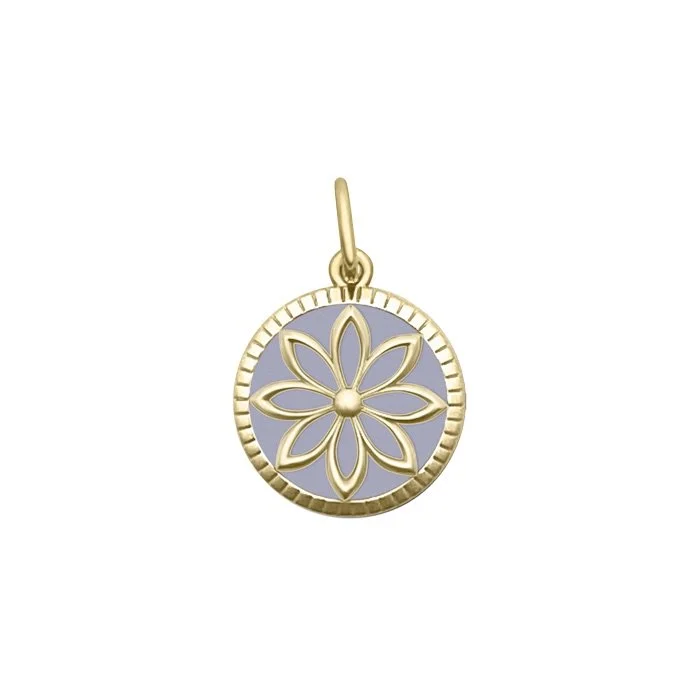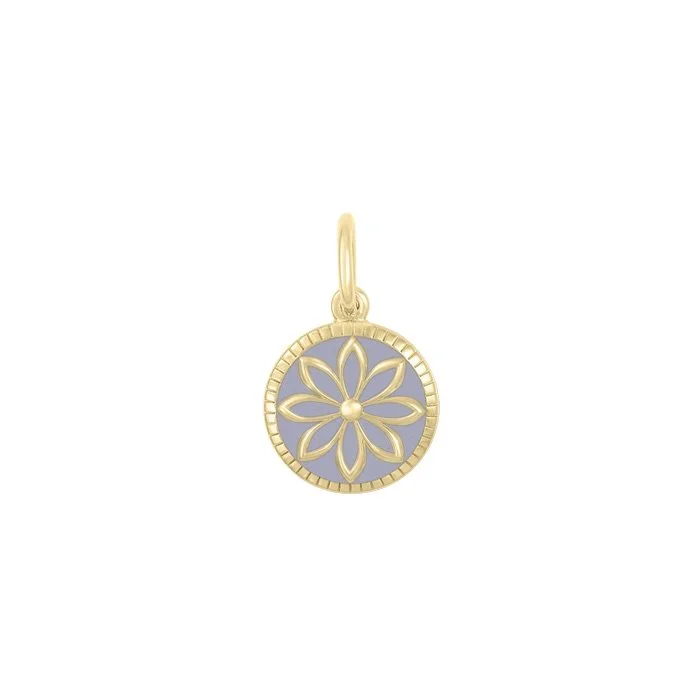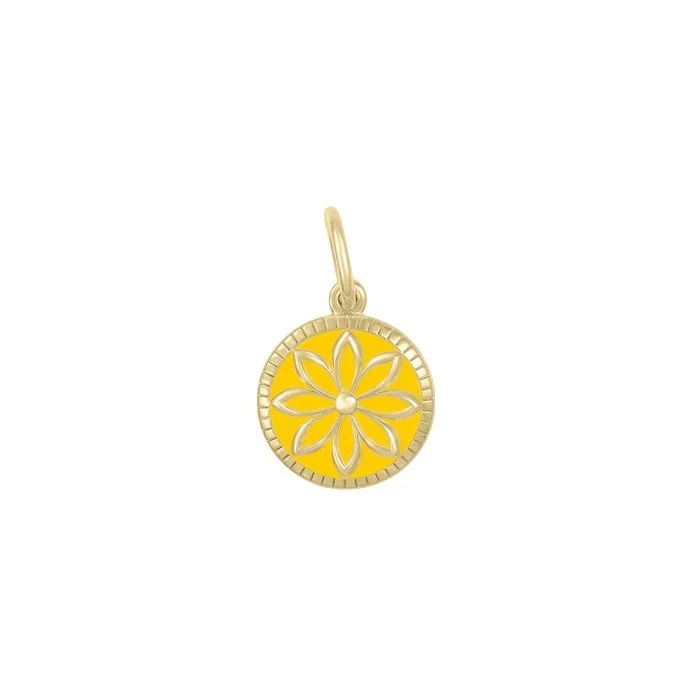The Parasol (umbrella): This was a traditional Indian symbol of protection and royalty. The parasol denoted wealth and status – the more carried in a person’s entourage, the more influential the person was; 13 parasols defining the status of king.
The Two Golden Fishes: The two fishes originally represented the two main sacred rivers of India – the Ganges and Yamuna. In Buddhism, the fish symbolize happiness as they have complete freedom of movement in the water. They represent fertility and abundance.
The Treasure Vase: This is known as ‘the vase of inexhaustible treasures’ – however much is removed from it, the vase remains perpetually full. In Tibet, wealth vases sealed with precious and sacred substances are commonly placed upon altars and on mountain passes, or buried at water springs.
The Lotus Flower: The lotus blossoms unstained from the watery mire; it is a symbol of purity, renunciation and divinity.
The Right-Spiraling Conch Shell: The conch shell is thought to have been the original horn-trumpet; ancient Indian mythical epics relate heroes carrying conch shells. The conch shell is an emblem of power, authority and sovereignty; its blast is believed to banish evil spirits, avert natural disasters, and scare away poisonous creatures.
The Endless Knot: This symbol was originally associated with Vishnu and represented his devotion for his consort Lakshmi, the goddess of wealth and good fortune. It symbolizes the Buddha’s endless wisdom and compassion. It also can represent continuity or dependent origination as the underlying reality of existence.
The Victory Banner: In Tibetan Buddhism, the banner represents eleven methods of overcoming Mara: the development of knowledge, wisdom, compassion, meditation and ethical vows; taking refuge in the Buddha,; abandoning false views,; generating spiritual aspiration, skilful means and selflessness; and the unity of the three samádhis of emptiness, formlessness and desire-less-ness.
The Golden Wheel: The wheel is an ancient Indian symbol of creation, sovereignty, protection, and the sun. In Tibetan Buddhism, it is understood as ‘the wheel of transformation’ or spiritual change.



